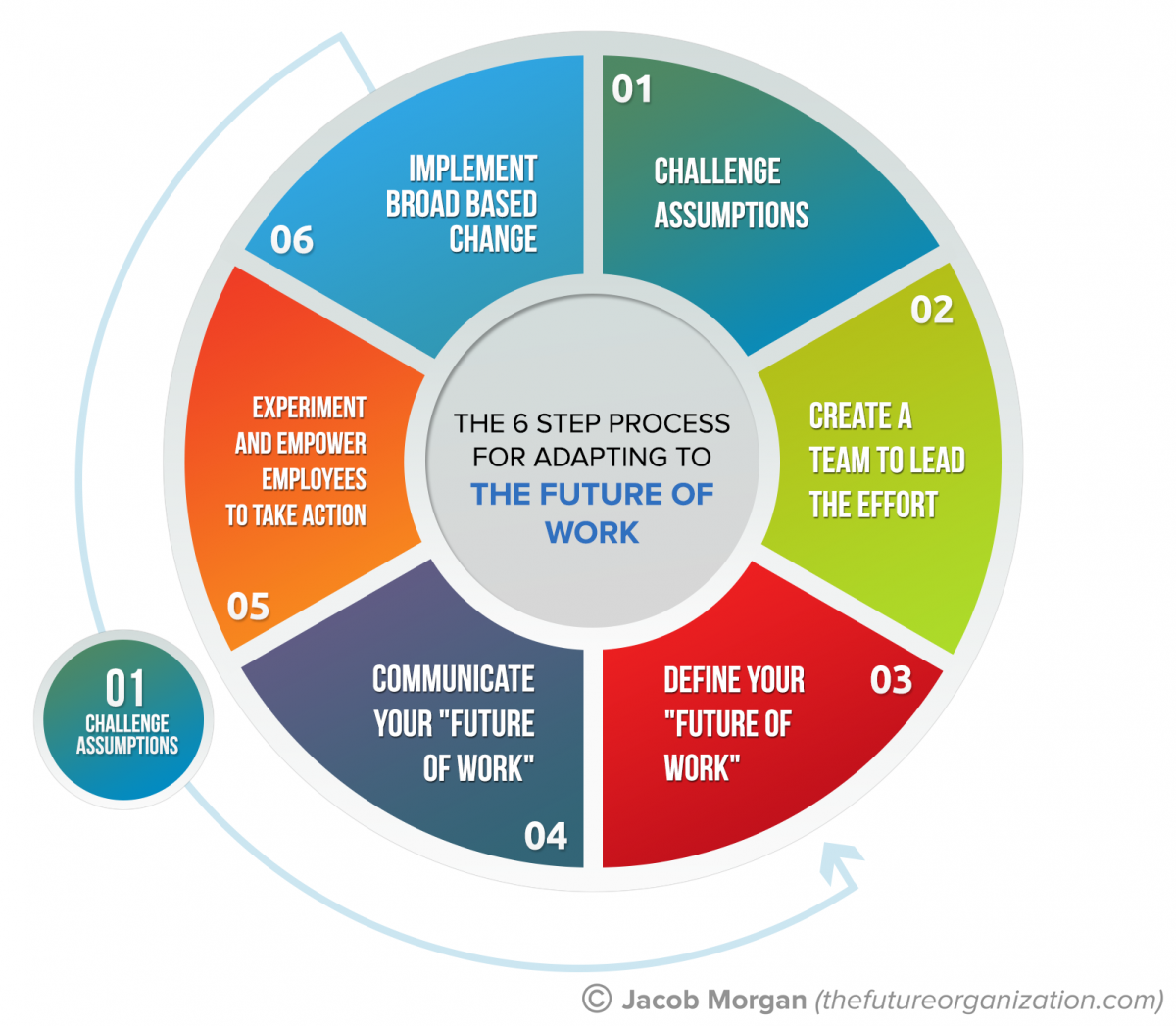Adapting to Industry Trends: A Blueprint for Success

In today’s rapidly evolving tech landscape, staying ahead of industry trends is crucial for businesses aiming for long-term success. As technology continues to advance at an unprecedented pace, the ability to adapt becomes a key driver of growth and innovation. This article will provide you with a comprehensive blueprint to effectively navigate industry trends and ensure your business thrives in this dynamic landscape.
Understanding the Importance of Industry Trends
Industry trends, whether they relate to emerging technologies, changing consumer behaviors, or market dynamics, have a direct impact on how businesses operate. Ignoring or failing to embrace these trends can lead to missed opportunities, loss of market share, and even obsolescence. By understanding and adapting to industry trends, businesses can stay relevant, competitive, and agile. This not only helps in fostering growth but also enables businesses to meet customer demands effectively.
Identifying Relevant Industry Trends
The first step towards adapting to industry trends is identifying the ones relevant to your business. Conduct a thorough analysis of your market, competitors, and consumer behavior to uncover trends that can potentially shape the future of your industry. This can involve studying trade journals, attending industry conferences, leveraging data analytics, or engaging with industry experts. By identifying these trends, you can build a solid foundation for aligning your business strategies with the evolving industry landscape.
Embracing Technological Advancements
The tech industry is at the forefront of innovation, constantly introducing groundbreaking technologies. To adapt and thrive, businesses must remain receptive to these advancements. Embracing the right technologies not only helps streamline operations but also enhances product and service offerings. For instance, integrating artificial intelligence and machine learning into your processes can automate mundane tasks, improve efficiency, and deliver superior customer experiences. By keeping track of technological advancements relevant to your industry, you can stay ahead of the curve and gain a competitive edge.
Nurturing a Culture of Continuous Learning
One of the most effective ways to adapt to industry trends is by fostering a culture of continuous learning within your organization. Encourage employees to constantly update their knowledge and skills through training programs, workshops, and industry certifications. Emphasize the importance of staying curious and open-minded, encouraging them to explore emerging trends and technologies. By nurturing a learning culture, you empower your workforce to proactively adapt to changing industry dynamics and drive innovation throughout your organization.
Building Strategic Partnerships
An essential aspect of adapting to industry trends is creating strategic partnerships. Collaborating with complementary businesses, startups, or technology providers can help accelerate your growth and enable access to new markets or technologies. These partnerships can bring fresh perspectives, shared resources, and foster innovation. By leveraging the strengths of your partners, you can create synergies that strengthen your position in the market and adapt more effectively to emerging trends.
Iterative Approach to Strategy
Traditionally, businesses have relied on long-term strategic plans. However, in a rapidly evolving industry, a more iterative approach is necessary. By embracing agility and flexibility, businesses can quickly adapt and pivot when needed. This involves monitoring industry trends in real-time, gathering customer feedback, and adjusting strategies accordingly. Emphasizing short-term goals and constantly reevaluating your strategies allows for a more responsive and adaptive business model.
Conclusion
Adapting to industry trends is a non-negotiable aspect of achieving success in the tech niche. By understanding the importance of industry trends, identifying relevant ones, embracing technological advancements, nurturing a learning culture, building strategic partnerships, and adopting an iterative approach to strategy, businesses can position themselves to thrive in the dynamic tech landscape. Remember, being static is not an option – staying ahead of the curve is the blueprint to long-term success in the tech industry.